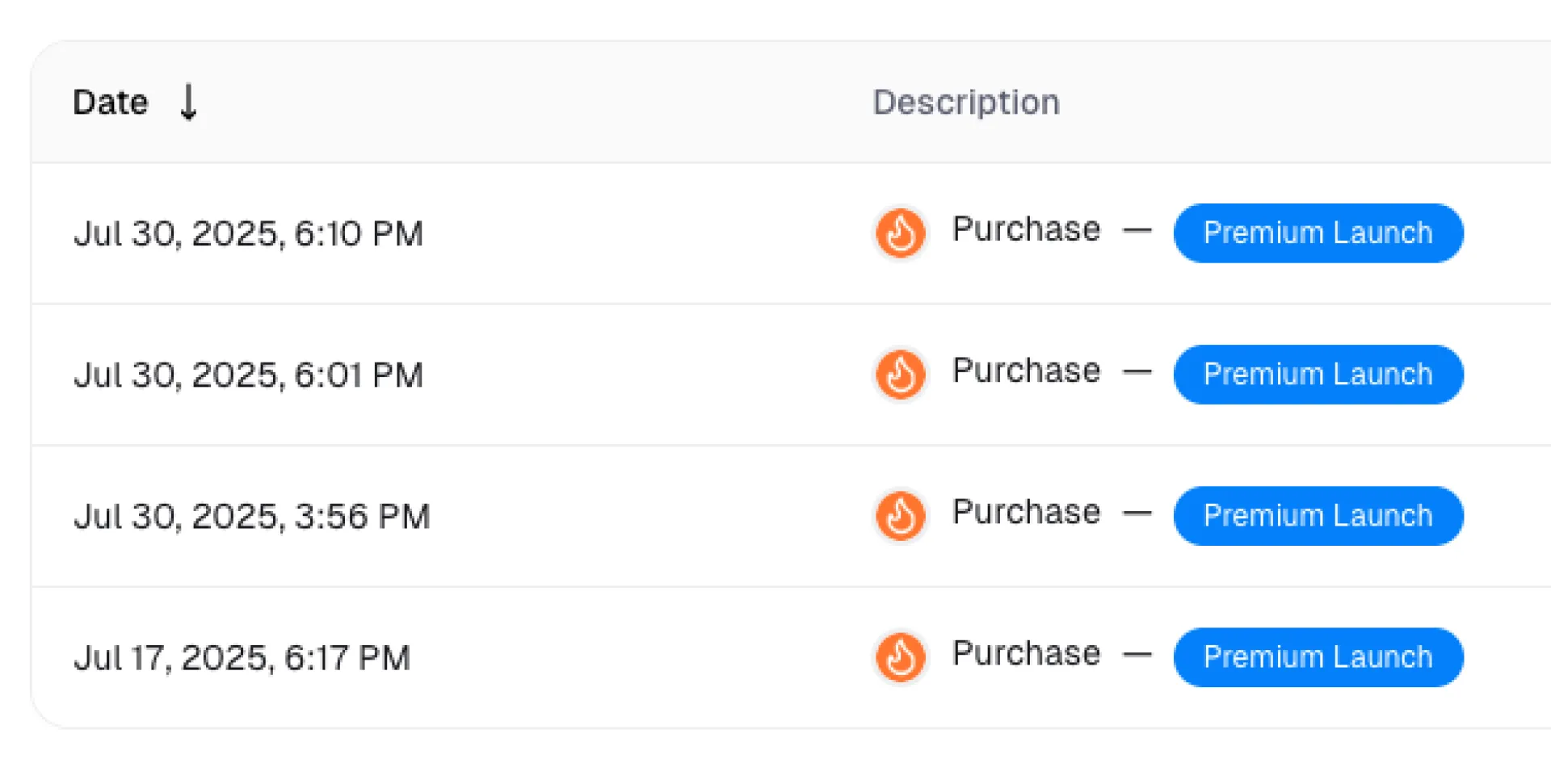Install Huzzler App
Install our app for a better experience and quick access to Huzzler.
Join the Huzzler founder community
A community where real founders build together. Verified humans only. No fake gurus, no AI spam.
Join 1,635 founders
Huzzler is a strictly AI-free community
No fake MRR screenshots. Stripe-verified revenue only
Real advice from founders who've actually built
Network with serious builders, not wannabes
Trends come and go — chasing them risks building something nobody truly needs.
Here’s how to focus on pain points that lead to real product-market fit:
— Start by deeply understanding your target customers → what keeps them up at night? What frustrates them daily?
— Identify problems that cause real pain or loss → not just nice-to-have features or fleeting interests
— Validate these pain points through direct conversations, surveys, or observing behavior → data, not assumptions
— Build solutions that directly address these pain points → simplicity and clarity over flashy trendiness
— Focus on creating value that customers will pay for repeatedly → sustainable demand beats short-lived hype
— Keep iterating based on real feedback → trends shift, problems endure
Remember: Trends fade but real problems create lasting opportunities and loyal customers.
Focus on what matters → build for true pain points, not passing hype.
#startup #productmarketfit #founders #entrepreneurship #buildinpublic #leanstartup

I've worked in open offices, coworking spaces, even coffee shops, and there's one universal truth: people constantly interrupt you when you're trying to focus.
Colleagues dropping by for "quick questions" coworkers starting random conversations, people assuming you're available just because you're at your desk.
Whether it's an open office environment, shared coworking space, or even working from home, the struggle is real.
I used to try everything. Noise-canceling headphones? People still tapped my shoulder. "Do not disturb" signs? Completely ignored. Even putting up barriers around my desk just made people more curious.
Then I noticed something weird. On days when I had actual video calls, nobody bothered me. Not once. Even my usually chatty coworkers would see my screen and quietly back away.
That's when it clicked: people don't just avoid interrupting YOU, they avoid interrupting what looks like a group of professionals who might see them through your webcam. It's like social anxiety on steroids, but in the best possible way.
So I started leaving old Zoom recordings playing on my screen during deep work sessions. Worked like magic, but felt sketchy and the audio was distracting.
This got me thinking - what if I could create something better? I started working on https://meetingsimulator.com, and here's where it gets interesting.
During development, I was constantly testing different versions on my screen. Early prototypes with stock video watermarks, people not even looking directly at the camera, super obvious placeholder content - basically anything that remotely resembled a video conference grid.
The results blew my mind. Colleagues would approach my desk, see these clearly fake, watermarked test videos on my screen, and immediately back away without saying a word. They weren't analyzing whether the people looked realistic or if the lighting was perfect. Their brain just registered "meeting = don't interrupt" and that was it.
Even when I was using completely random stock footage that obviously wasn't a real meeting, people would whisper "sorry, didn't know you were in a call" and leave me alone. The pattern recognition is so strong that the mere visual suggestion of a video conference triggers the avoidance behavior.
It's like having an invisible force field of social pressure protecting your focus time. When someone walks by and sees what looks like a professional video conference on your screen, their brain immediately triggers two things:
- "I shouldn't interrupt this person's meeting"
- "Those people on screen might see me interrupting"
I've been using the finished version at meetingsimulator.com for months now and my deep work sessions have gone from 20-minute fragments to solid 2-3 hour blocks. The difference in my output quality is honestly night and day.
Yeah, it might seem like a weird "fake it till you make it" approach, but if it gives me the uninterrupted focus I need to actually get stuff done, I'm not complaining. Sometimes the best productivity hacks are the ones that work with human psychology instead of fighting against it.
Anyone else struggle with this? How do you handle interruptions during focus time?
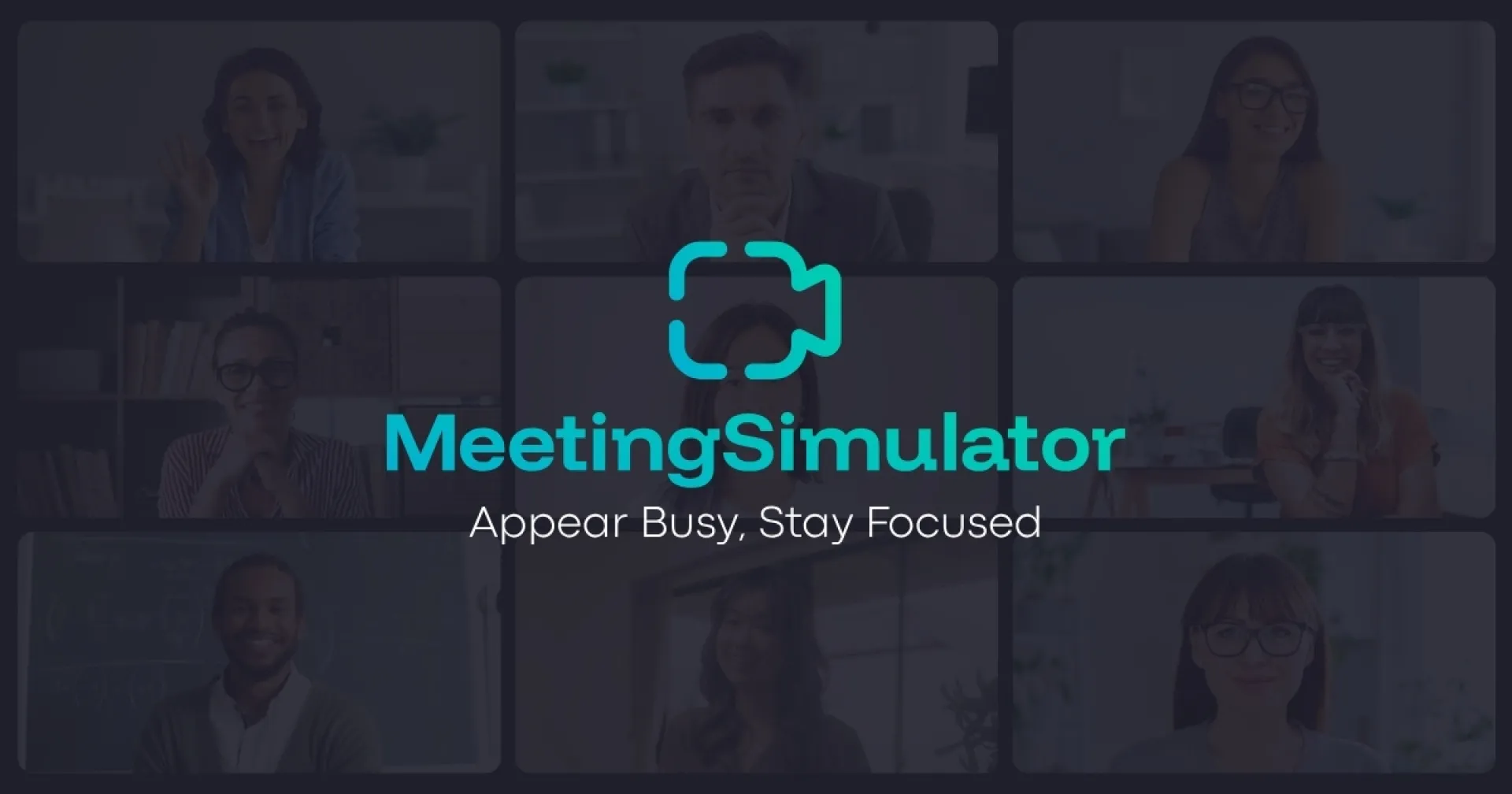
For those that publish release notes for their projects.
What does your process look like?
What tools are you using?
What are some things that would make this process easier for you?
Context: Thinking about building something for myself to solve for this but and want to know how others are handling this to better inform what I end up landing on to build.
Any input is appreciated 🙏
Hey folks,
I’ve been working on a side project called Tasklyst, a simple productivity app that runs on Windows and Linux (macOS will come later once I can justify the Apple developer fee).
I started it because I got tired of bloated to-do apps that need an account, live entirely in the cloud, or feel slow on desktop. I just wanted something fast, native-feeling, and not tied to a subscription.
Right now it’s:
- Cross-platform
- Works completely offline, no login required
- Minimal interface with light/dark themes
- Customizable task table (columns, sorting, etc.)
- Launches at boot and sits in the system tray
You can download it here (free, no sign-up): https://tasklyst.app
I’m thinking about keeping a free forever version, but also offering a PRO upgrade to help fund development. Some ideas for PRO features:
- Optional sync + mobile apps
- Shared lists for teams
- Reminders and notifications
- Local AI task entry
- Voice to text
What I’m trying to figure out:
- Is there actually space for a paid desktop-first productivity tool like this?
- Which features would make you consider paying?
- Does offline-first make it more appealing, or is the market just too cloud-oriented now?
- Am I already too late to the party because the space is saturated?
Would appreciate any honest feedback, even if it’s “don’t waste your time.” 😂
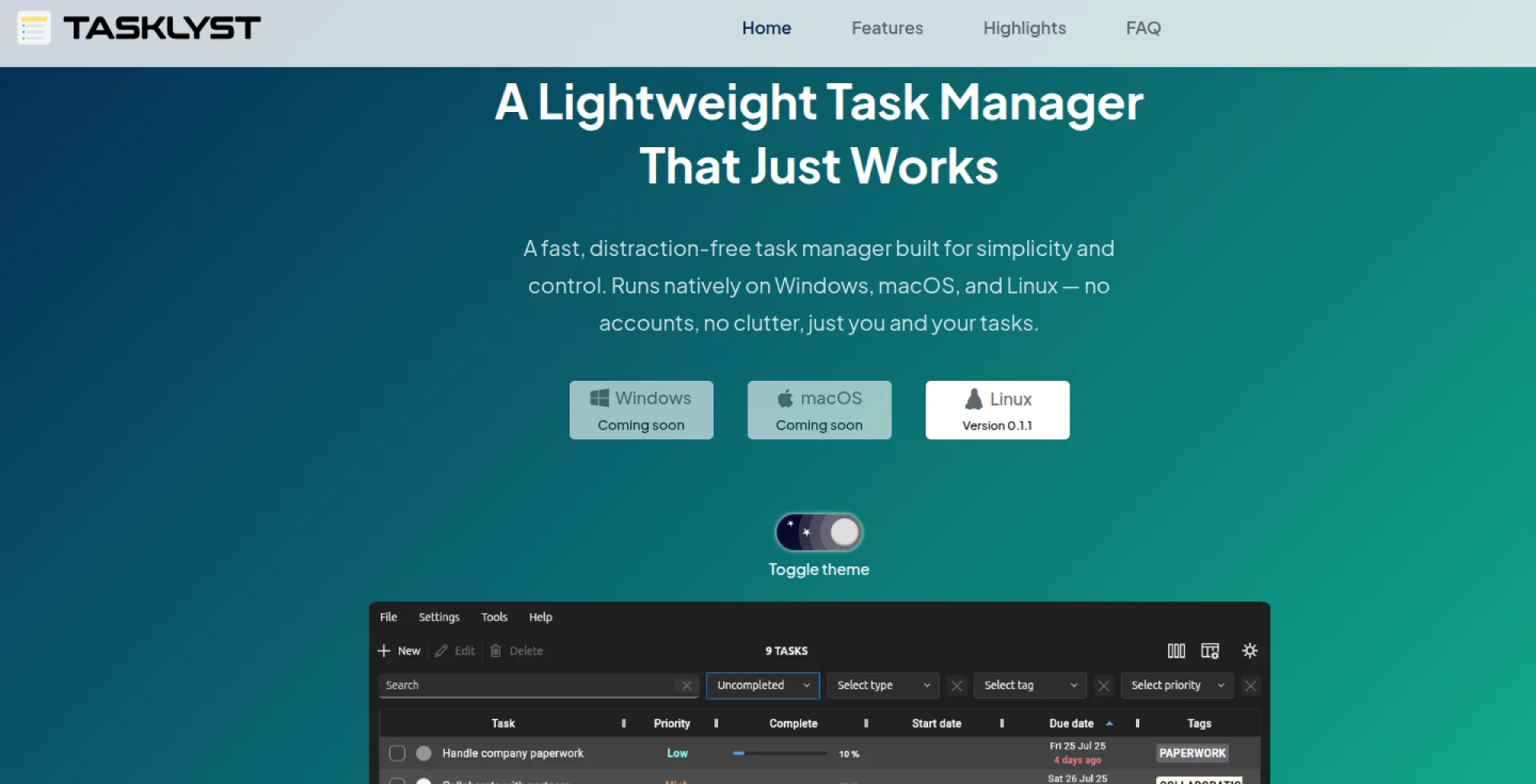
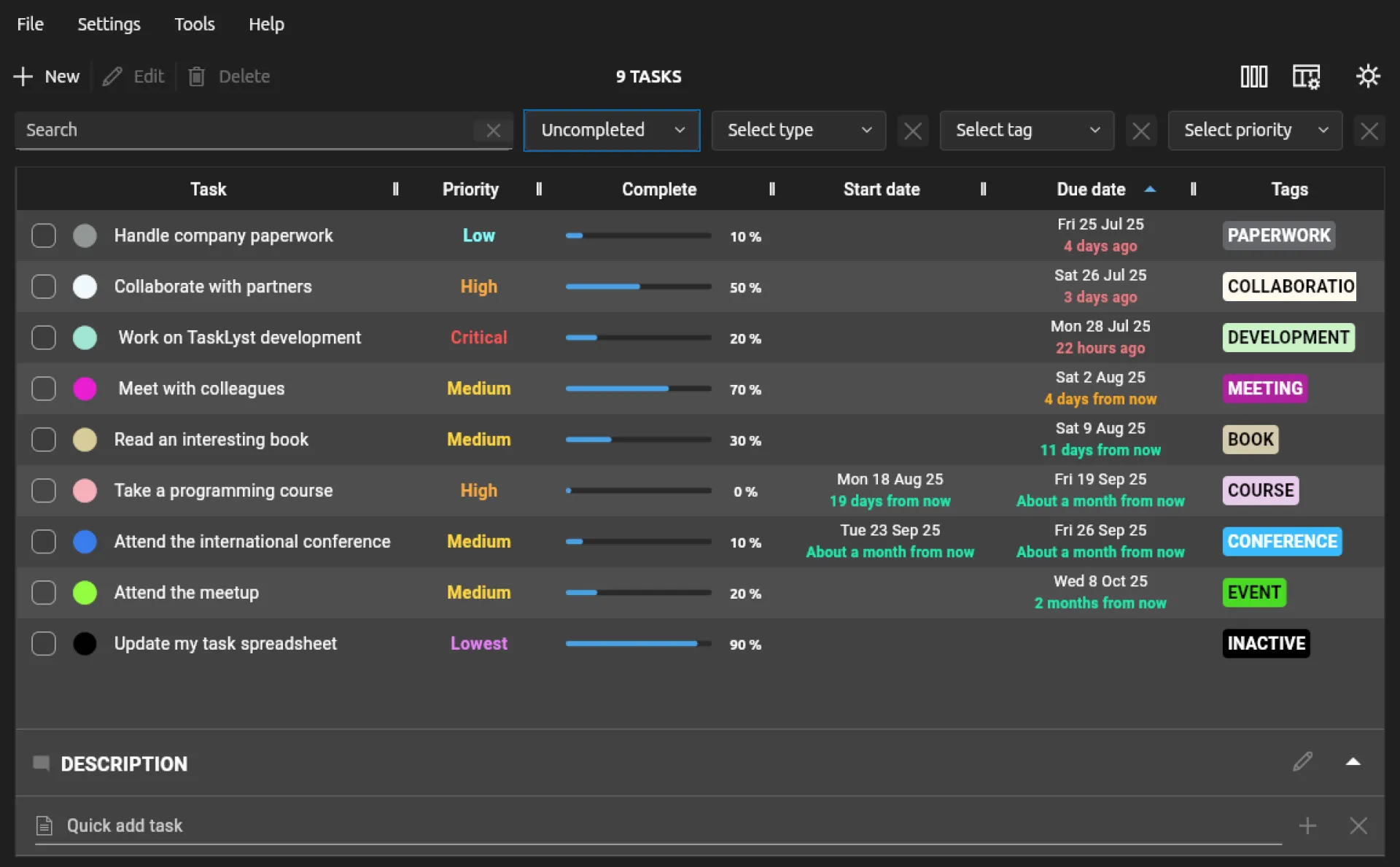
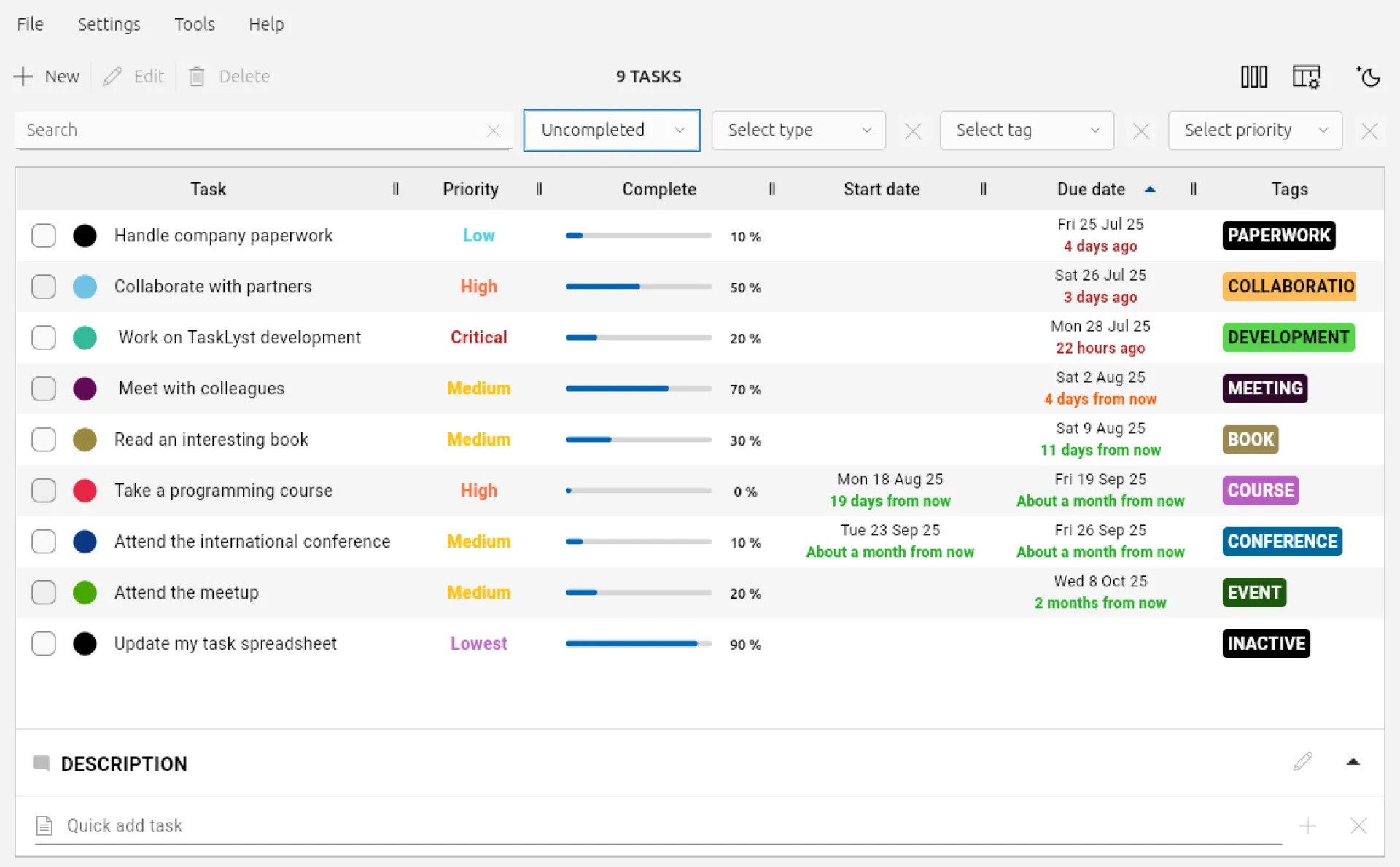
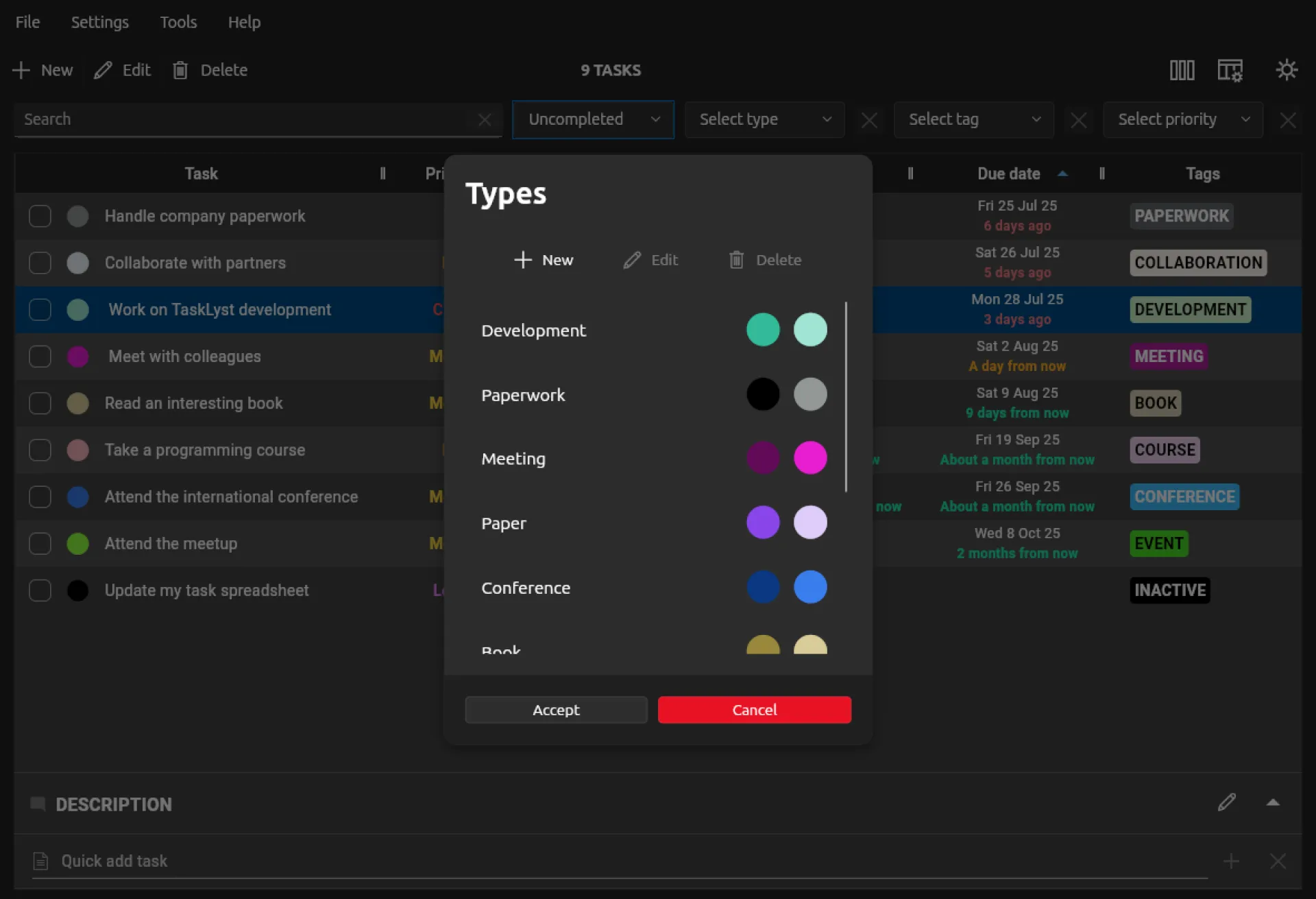
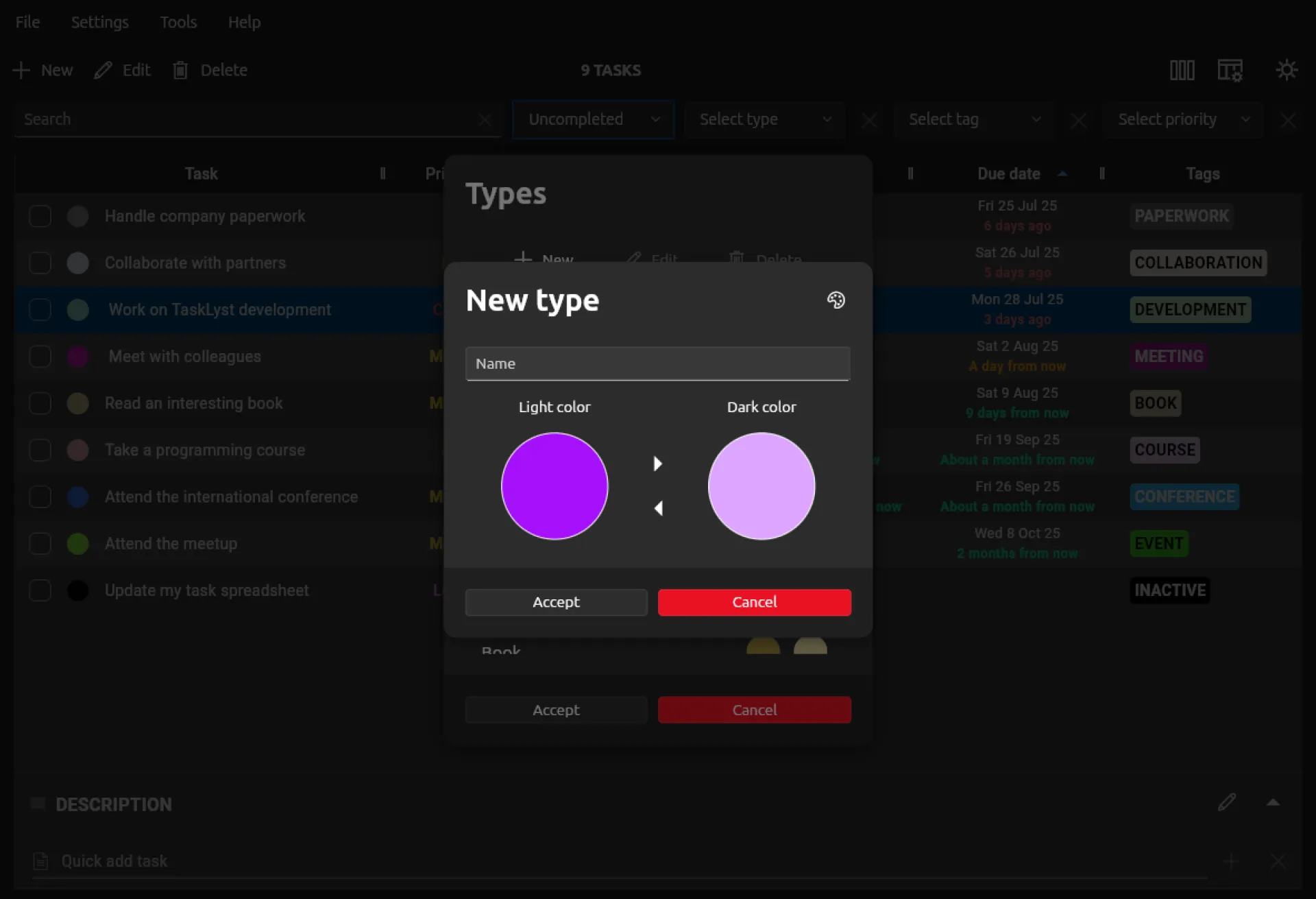
Hello, recently I just ran the promo with free PRO version of my app, after the promo ends few people just purchased PRO version, also the organic visibility looks to be better than in previous days before the promo. Im really happy since I transitioned from subscription based model to one time purchase. Im curious how the next days will looks like (cant wait to see stats for 4th Aug). I just posted on reddit and after 48h I just got over 18k views.
Also my TTS App named SonicScript is also now for free until tomorrow.
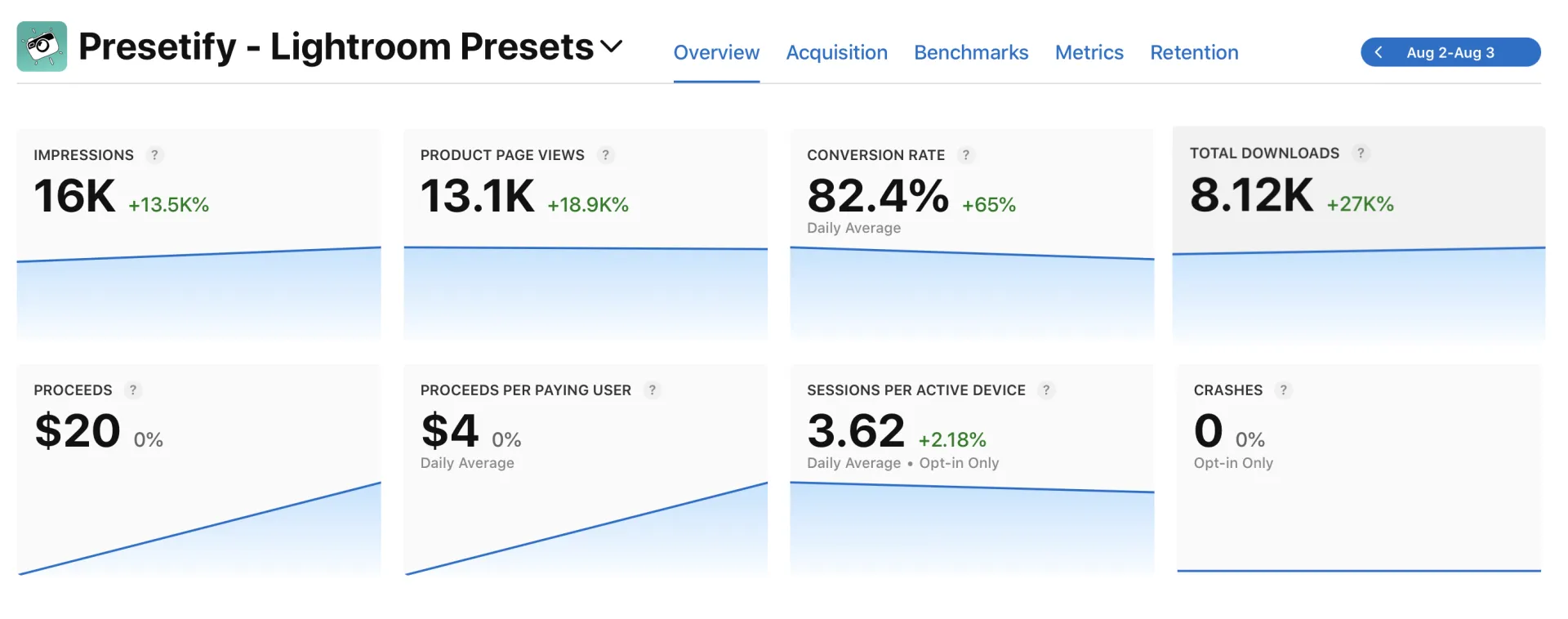

I know about some reddit forums, something like Huzzler, but how do you validate your idea? Where do you post it or maybe you just simply go and build mvp and check if it's becoming popular?
I am really curious to read about your approaches in comments :)
I am really curious about one thing, what do you use when creating a new project?
I know couple of indie-hackers who is spending about 2k-3k$ for their mvp, and success possibility is 40%-50%. This guys just buy some freelancer and give them tech assignment.
For me it's quite too-much, because programming skills give you access to almost any experiment, so developers usually spend about 20-50 dollars for hosting and thats it. And now i am interested to listen to your approach for product mvp developing :)

 $3.4k/mo
$3.4k/mo
I revived my language learning platform, Llanai. I am documenting the building in public here.
Vision is to make language learning a social activity among AI agents, teachers, and students, while keeping the goal of fluency, finding jobs, and forming a network as the driving forces for its growth.
Let me know if you are a teacher or you know of anyone that is a teacher.
Making some efforts to improve SEO and looks like Its started to appear

Idea was simple - create one dedicated place, where people can share their ideas to get validation, review, tips and AI report summary from trained model for idea + possible weaknesses, strengths, some tips, advices, verdict and future directions where to go.
Other perks will be shown after launch :)
Right now mvp1 is getting ready to be released. It is gonna be free version for everyone.
Stack - vibecoded frontend + nest.js server. Will be glad to listen to your opinion.
Will you use it?
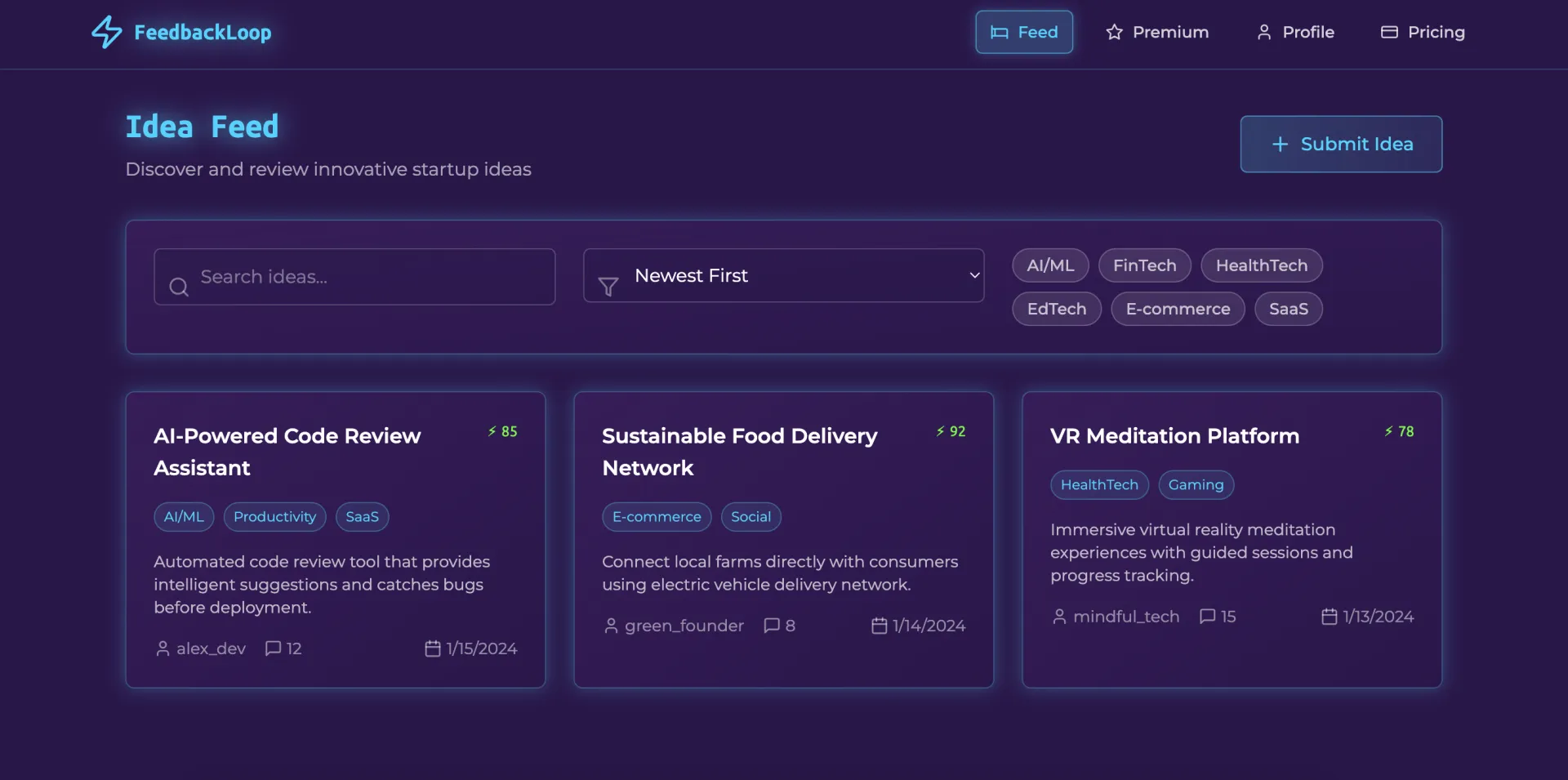

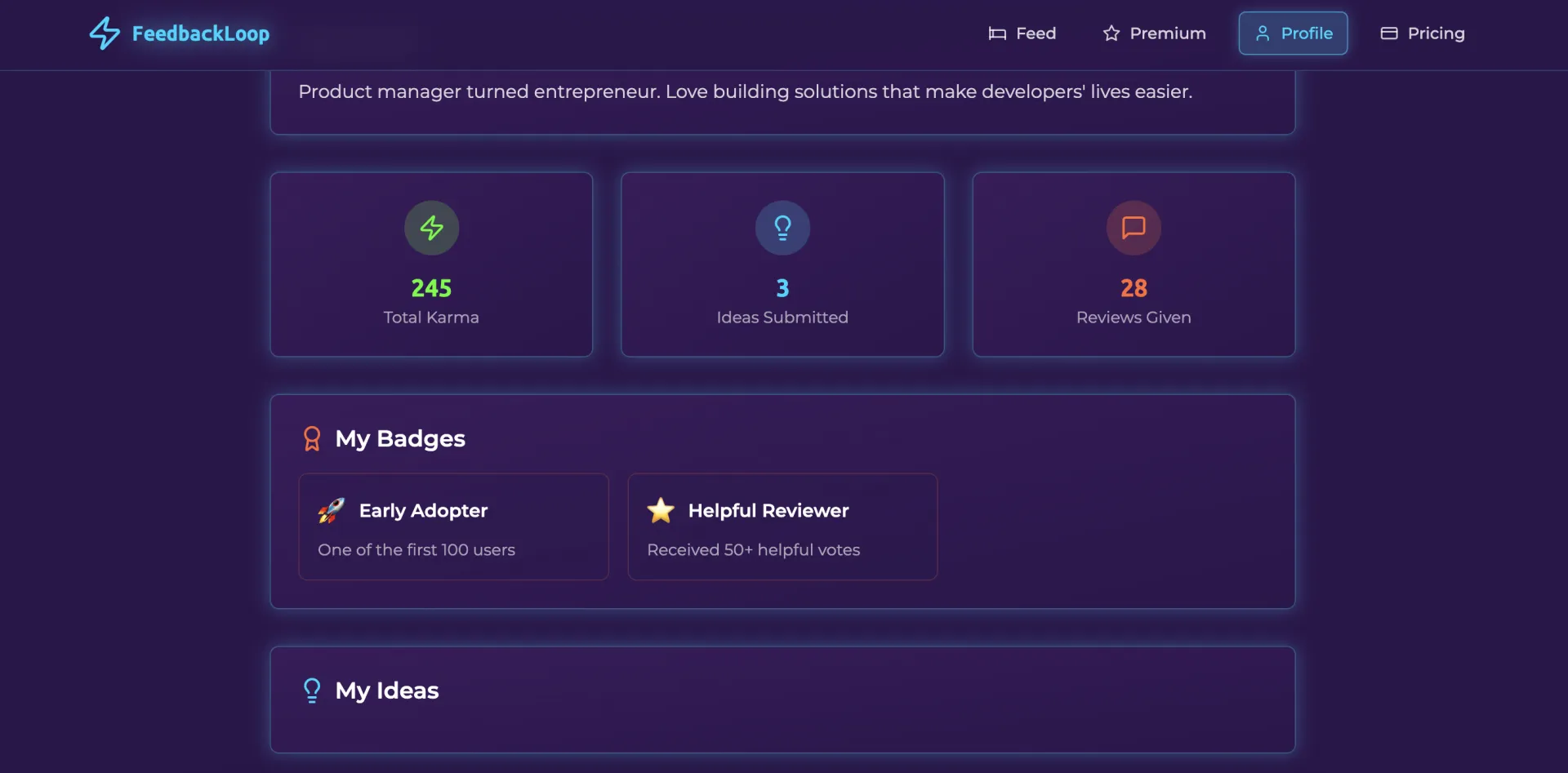
 $3.4k/mo
$3.4k/mo
July is my 3rd straight month of making Gumroad revenue using a workflow automation tool called n8n. If you are unfamiliar with it check the following article.
In July, I detailed how to use n8n to make a small, but growing source, of passive income. This has largely been driven by my consistent marketing presence on YouTube and Medium.
How I did it
YouTube is one of the ways I educate people on the intersection of AI and information technology, in simple terms, which is the niche I am carving out — there are way more non-technical people than technical people, so I am better off targeting them former.
Whether, it’s about practical automations, such as
- generating schema markup to appear on ChatGPT
- creating an intelligent customer service representative for your site
or experimental use cases, such as
- making generative video using Google’s Veo3
- animating pictures using models served on HuggingFace
There is a plethora of content I use as a funnel to my brand.
I wrote more about it here.
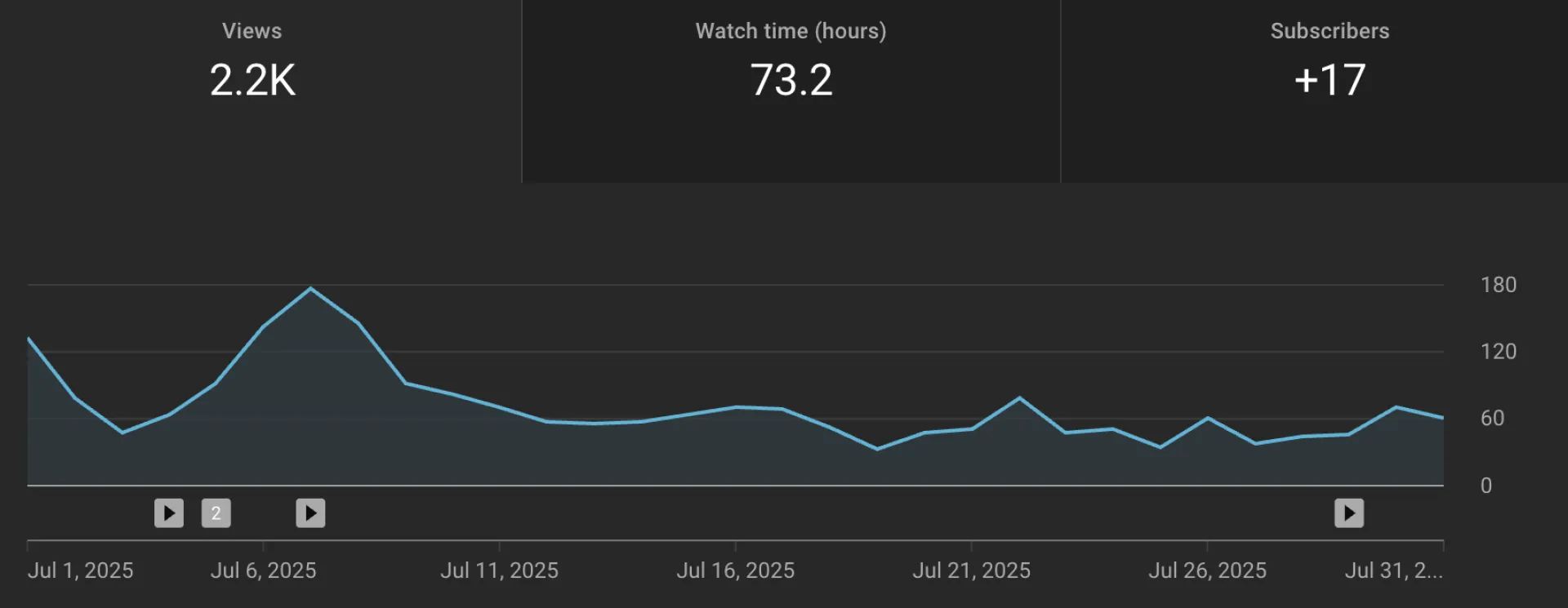
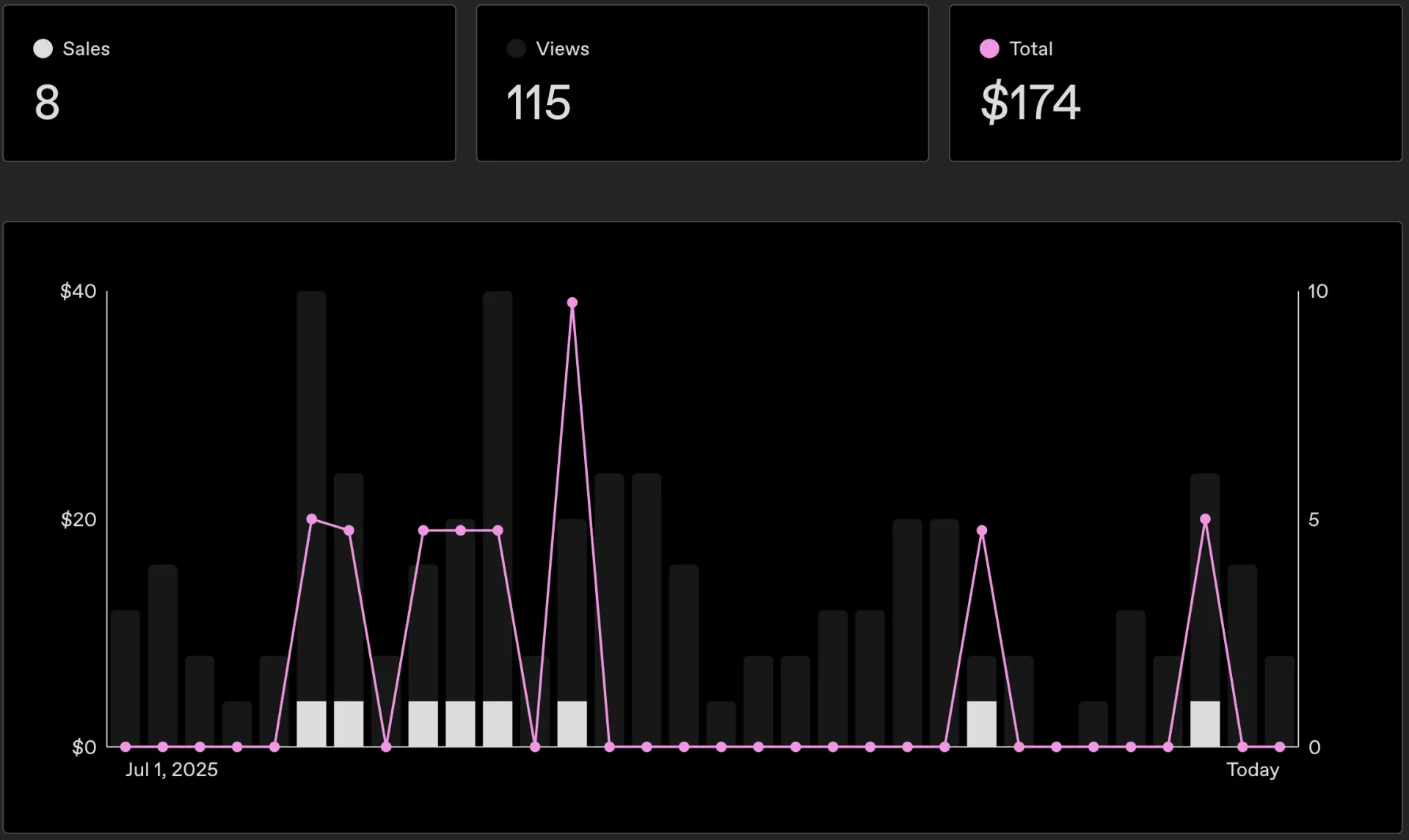
- picked a problem i had myself: wasting weeks building stuff no one paid for
- no landing page at first. just a pinned tweet and a public google sheet. shared early wins. that helped way more than a pretty site
- posted weekly on x about real results. ugly screenshots, revenue numbers, what i’d build if i had no job. no filters, no fluff
- kept product updates dead simple: sheet link + telegram access. didn't overbuild. focused only on speed + clarity
- most of the growth came from 3 things:
- x (twitter): showing receipts, not ideas
- indie hacker comment sections: leaving value, not links
- niche telegram groups: not pitching, just helping
- reddit: used throwaway accounts to ask "what would you build if you lost your job today?" and answered my own questions with mini-case studies. these got saved a lot, which helped visibility
- built a lead magnet that didn’t suck: gave away 10 validated ideas for free, full breakdown. no email needed. people shared it
- x (twitter) growth trick: added “$15k/mrr” and “validated saas ideas weekly” in my name. helped people find me when they searched for “saas” or “mrr”
- faked urgency without lying: “50% off till end of month” worked better than i expected. people wait for a reason to buy
- used posts as validation: if an idea i shared got comments or dms, i flagged it for possible product expansion
- never used ads, never emailed cold, never begged influencers. just made it easy for people to see value in 5 seconds
- kept price low enough to feel obvious but high enough to not attract freebie hunters. $79 once → worth it to anyone serious
if you’re a solo founder: pick a problem you live. post the journey in public. make the product simple enough to explain in a tweet. don’t stop for 90 days.
validatedsaas.com still grows weekly. all organic. no bs.
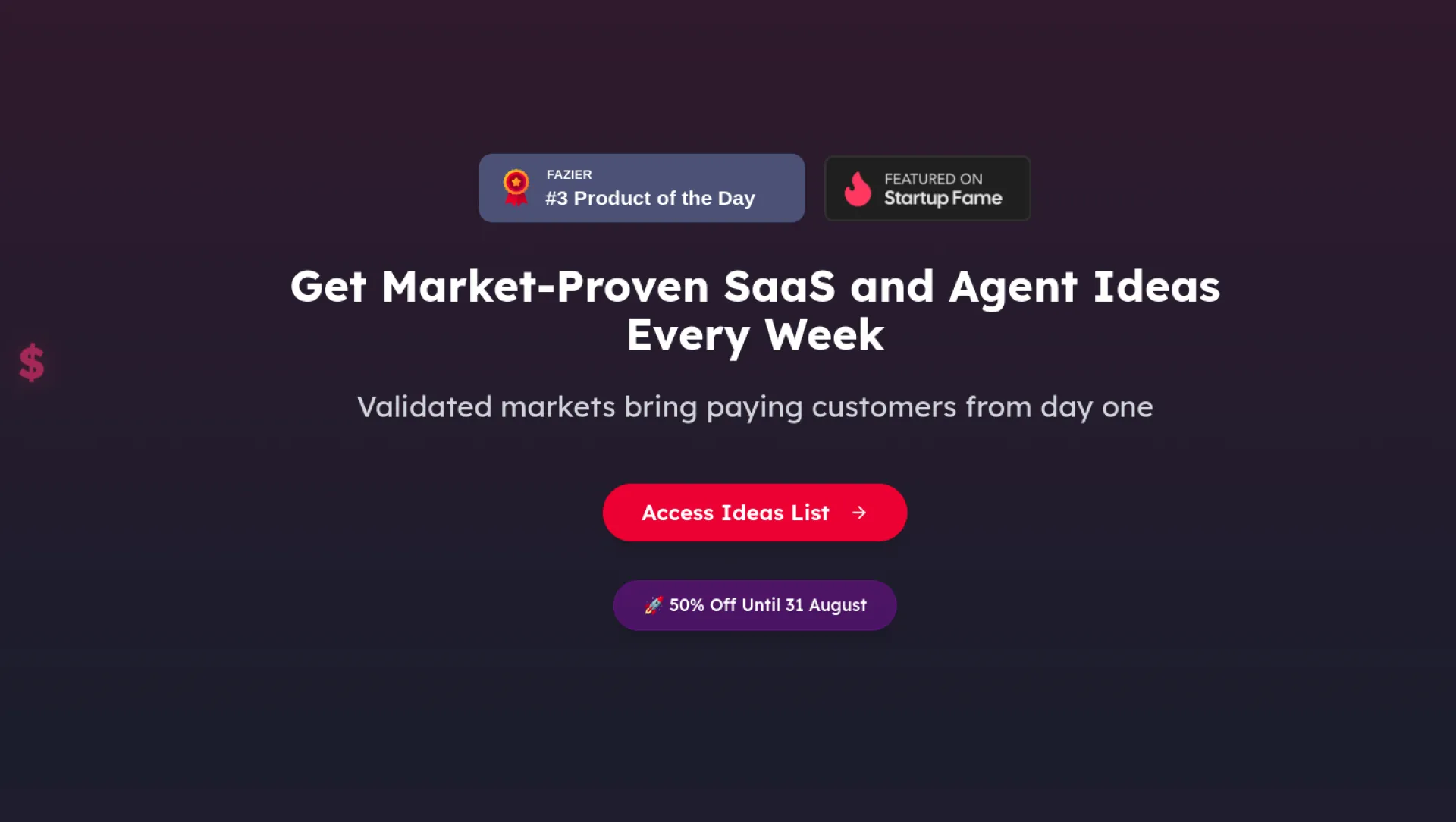
 $3.4k/mo
$3.4k/mo
As some of you know, I have a small side hustle selling n8n automations.
A resident of Japan bought one of my Reddit Lead Generation workflows.
It's a simple workflow that sends Reddit threads that contain the relevant keywords.
You can find the more detailed workflow description here.
Here's a tutorial.

Proof of how small daily work on your product compounds
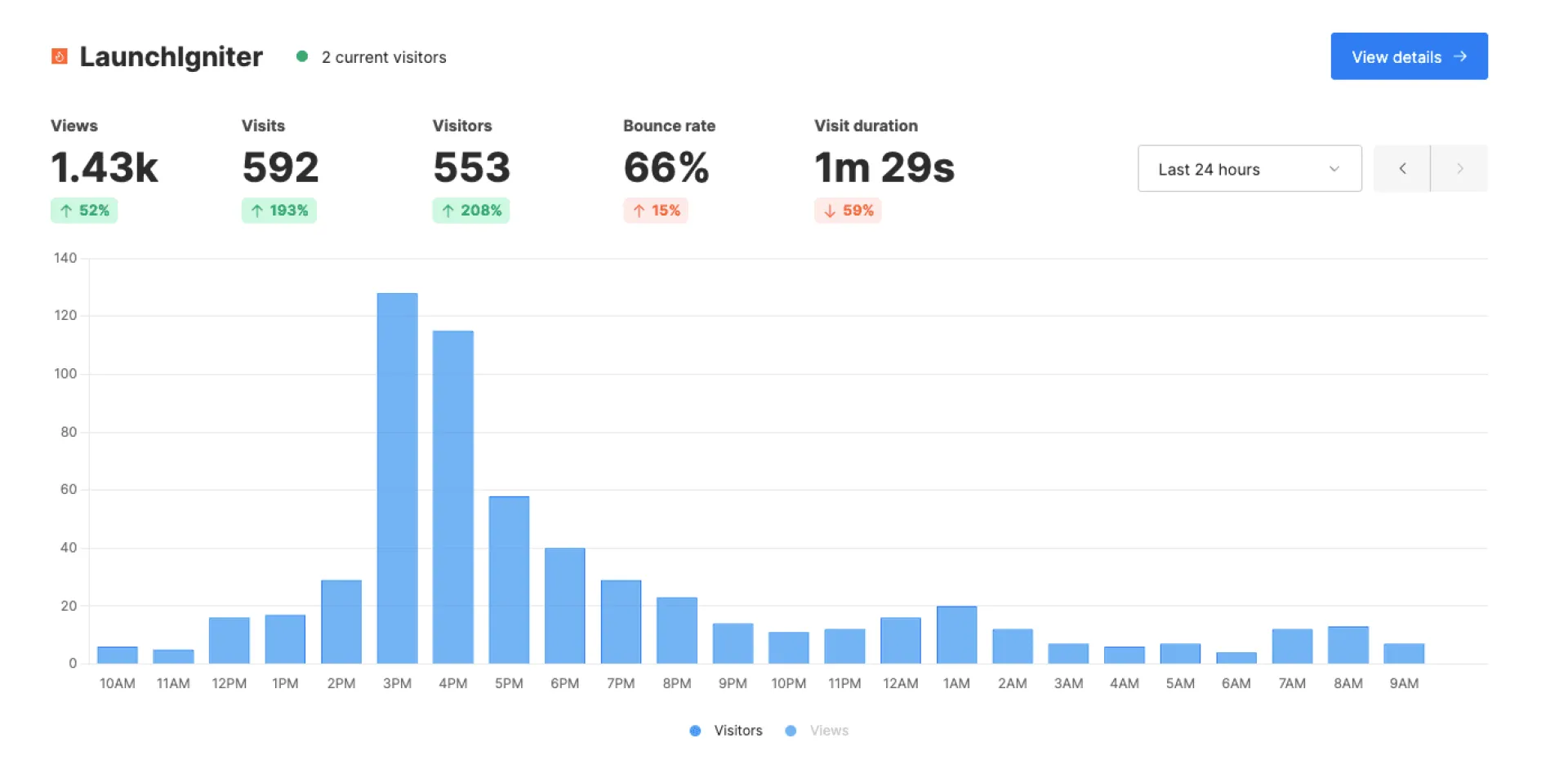
Hey everyone,
I wanted to share a small win 🎉 and the story behind it — how my site grew to about 5.8k monthly views in less than 2 months.
50 days ago, I launched launchdirectories.com — a simple, searchable database of places where you can submit and promote your new product or startup.
Why did I build it? Because every time I launched something, I’d spend hours googling “SaaS directories” or hunting through outdated blog posts, trying to figure out where to submit my product. It was frustrating and inefficient.
So I put together a spreadsheet with 52 launch directories and shared it on Reddit. It got over 400 upvotes, which was amazing, but people wanted more data like domain ratings, traffic stats, SEO info, and whether the links are dofollow or not.
I realized this was a real need, so overnight I built LaunchDirectories.com (initially spent just 5 hours on it) — now it features over 80 curated launch directories, sortable by Domain Rating and other useful metrics.
No signups, no paywalls, no bullshi* — just a website to save you time and help you get more visibility for your projects.
According to SimpleAnalytics, the site is already getting 5.8k+ monthly views, and I’ve heard from people saying it’s actually saved them hours and helped them gain traction.
I know it’s not some massive success story, but honestly, this number of monthly views still blows me away.

Wondering where are places I can look for a mobile dev partner for an existing app I am working on.
For context I created a platform that is growing and need to start thinking about a native mobile experience since it's a niche social network.
Any recommendations would help!
I recently built LaunchIgniter — a platform to help makers and startups get early visibility — and decided to go the full self-hosted route. It turned out to be way more manageable and cost-effective than I expected.
Here’s the full stack, self-hosted on a $6/month VPS:
- Coolify: Handles deployment. Think of it as a self-hosted alternative to Render or Heroku. Simple Git-based deployments, Docker support, and reliable.
- MongoDB: Self-hosted with backups configured. For many projects, you don’t need a managed database unless you scale beyond reason.
- Umami: Lightweight, privacy-friendly analytics. Does the job without any page bloat or third-party tracking.
- Node.js (backend) and Next.js (Frontend) — kept things lean and efficient.
Why go this route?
A lot of devs and indie hackers start reaching for managed services, which are great — but not always necessary in the early days. You can easily rack up $100–200/month in services before you even have traffic. At MVP stage, that’s overkill.
This $6/month VPS has been handling 200+ daily users with no hiccups. Page loads are fast, the server rarely touches high CPU usage, and it gives me full control.
Key Takeaways
- Start simple. The goal at MVP stage is validation, not scaling.
- Self-hosting isn't as hard as it sounds. Tools like Coolify make deployment feel effortless.
- Every dollar saved is runway earned. Especially if you're bootstrapping or testing multiple ideas.
- Privacy & control matter. Hosting your own analytics or database means no hidden costs or data-sharing surprises.
Building and launching something on your own terms — without waiting, overthinking, or overspending — is incredibly freeing.
If you're working on something and want a push to launch, I created LaunchIgniter exactly for that. Just submit your product and get it in front of early users. No noise, no gimmicks — just momentum.
Happy shipping!
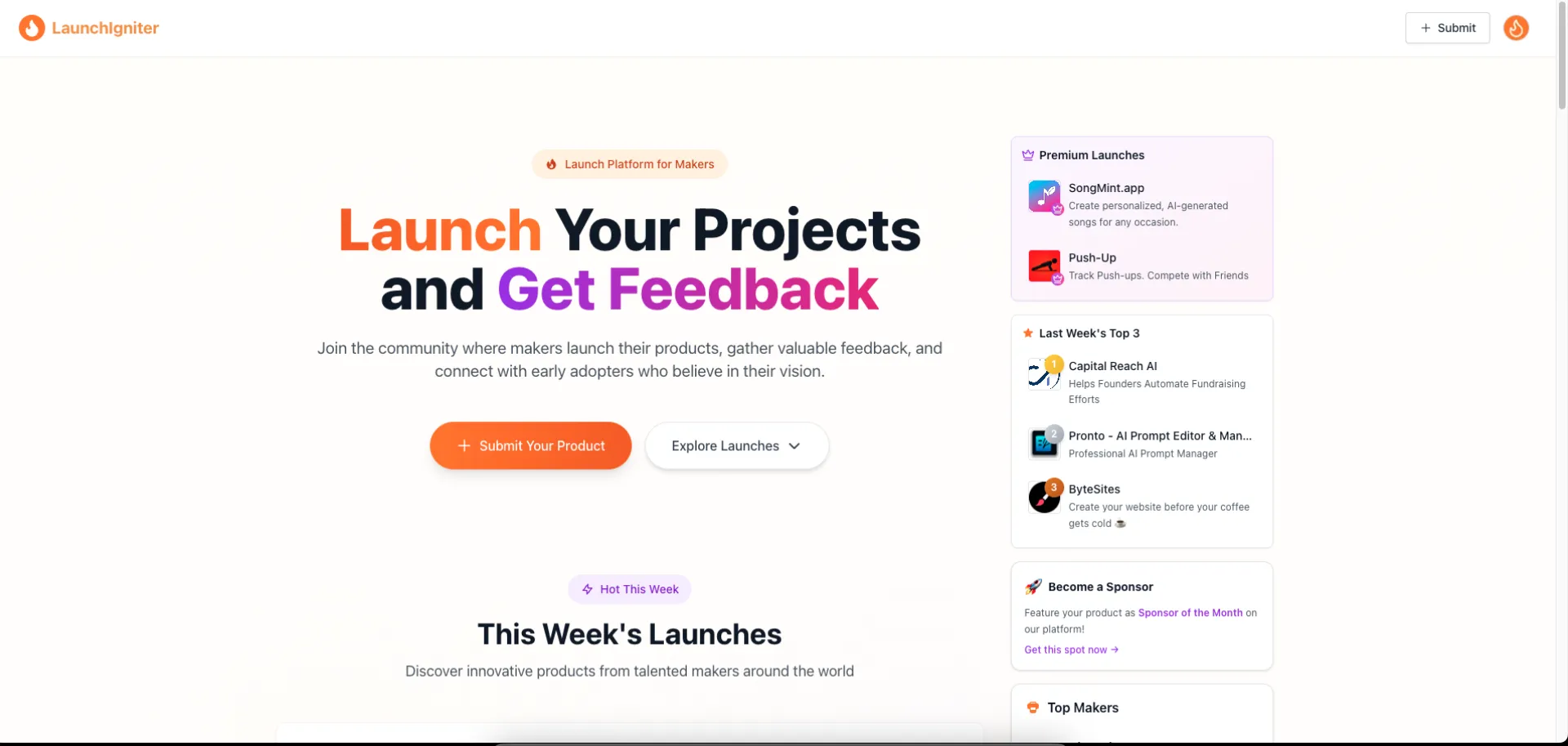
How i run a lean saas in 2025 without losing my mind:
- i don’t do paid ads, cold dms, or chase trends. i let distribution work for me. here's how
- added a public roadmap with feature requests via jotform + notion. users like voting on what matters. gives them a reason to share with others too
- i built SEO pages that don’t feel like SEO pages. used simple questions as page titles like "how do i solve x without doing y". wrote answers like a human, not a blogger
- then i post those q&a answers in reddit comments, indiehackers, and quora. no links. just useful answers. people google the question and land on my page anyway
- embedded chat on every page (via typedream’s chat widget) with one question: "what’s missing here?" got free feedback and content ideas daily
- joined 2 niche slack communities with actual builders. didn’t pitch anything. just posted updates of what i was working on. people asked to try it
- i automated onboarding emails using buttondown and kept them super short. no HTML. just "here’s what most users do next" and a link
- every month i post revenue breakdowns even if it sucks. transparency builds followers. followers turn into users. users bring more users
- when i feel burnt out, i just ship smaller features. i don't grind harder. momentum beats scale
- people underestimate how much you can grow by just being consistent and useful for 12 months straight. that’s it. no viral hack. just not quitting
if you're solo in 2025, your biggest edge is not trying to look big. just be real, show work, and ship stuff that works
PS. building something good? if you want honest feedback that actually helps, i'm here. ZeroToCustomers.com - get all kinds of help you need to get traction and scale faster.
Im quite new to coding and are soon going to launch my website that I vibe coded into something amazing.
- Where to host and how does it work?
- How does it work if I need to post articles or run scripts in the code?
As part of your project, do you think including this for MVP is important and users expect it?
If so, what system do you use? Own form? Third-party tool? Nothing?
I can see Huzzler uses featurebase.app but it also has a roadmap, which you need to keep updated also.
Thanks!
